Rashida Usman, 39, still remembers the painful memory of one Thursday morning in 2019. She had woken up at dawn to brace herself for a difficult journey from her home in Shelleng, a local government area in Adamawa, to Yola, the state capital in northeastern Nigeria.
The absence of a secondary healthcare facility in Shelleng prompted Rashida’s journey. For years, she and many other women had to rely on a local dispensary that provided only primary healthcare services, which they deemed insufficient. With a pressing need for medical attention for her three-month pregnancy, she embarked on an over 100km trip to the State Specialist Hospital in Yola.
“I was exhausted and feeling a severe abdominal pain upon arriving at the hospital in Yola, and I joined a queue of women waiting to see the doctor,” Rashida recounted. After undergoing consultations and tests, she received devastating news that would push her into months of despair. “The doctor told me that I had suffered a miscarriage,” she said.
It was her third pregnancy, one that had already taken a significant physical toll on her. Then there were also the frequent, exhausting journeys from Shelleng to Yola along a dilapidated road for antenatal, which she believed contributed to her miscarriage. According to her, the experience remained unforgettable.
Meanwhile, the struggle to access secondary healthcare wasn’t limited to Shelleng but also across various rural communities in the state.
For instance, Rahila Hassan, a mother of two from Hujji, a community in the Gombi area, said she faced hardship making constant trips to the neighbouring Hong area and distant Yola during her pregnancies. She is, however, more pained that her friend lost a husband due to the absence of a healthcare facility in their community in 2021. The friend’s husband from Hujji fell ill and died en route to a hospital in Yola, just a few kilometres outside Gombi.
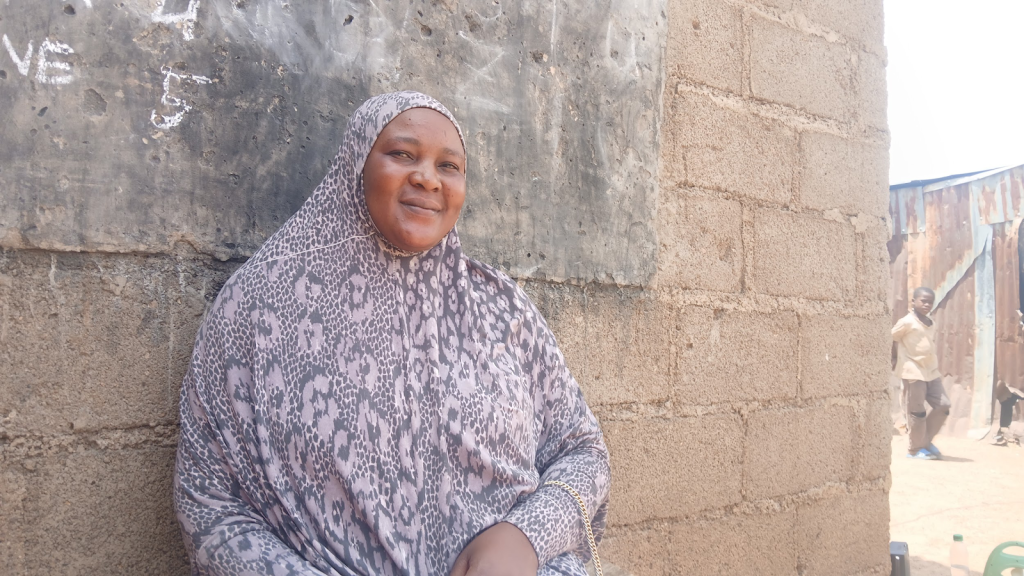
“Travelling to far places to access healthcare has been a nightmare for us, and that was due to the lack of a standard hospital and professional healthcare workers here in Gombi,” Rahila said.
Several locals said various politicians repeatedly promised to address their needs during successive election campaigns but failed to fulfil their promises after elections. However, there was a beacon of hope in 2020 when the Adamawa State government took a bold step to address residents’ healthcare challenges.
Construction of cottage hospitals
In an attempt to improve the lives of residents struggling with inadequate healthcare access, the state government approved ₦718 million for the construction of cottage hospitals in Lamurde, Shelleng, Gombi, and Girei in August 2020. The funds were divided as ₦179 million for Lamurde, ₦179 million for Shelleng, ₦180 million for Gombi, and ₦179 million for Girei.
The government, led by Ahmadu Fintiri, envisioned these 60-bed cottage hospitals to bring critical healthcare services closer to the people while effectively reducing emergency travel times. Following the completion of construction, Governor Fintiri commissioned three of the hospitals—excluding the one in Lamurde—in March 2023.
While the cottage hospitals in Shelleng, Gombi, and Girei are operational, the facility in Lamurde remains uncommissioned due to delays with the construction.
Residents of the Sabon Gari community, located near the Girei Cottage Hospital, commended the construction of the facility. “We no longer travel to Yola as frequently as before because we can easily trek to the hospital without difficulties whenever we have patients that need medical care,” said Abdullahi Ibrahim, a community leader.
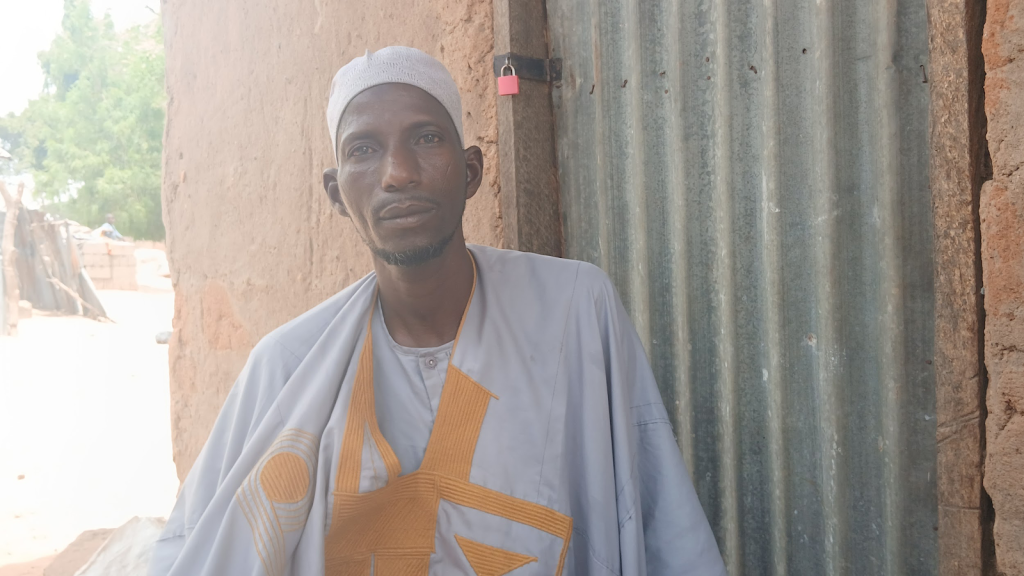
Adama Muhammed fled Madagali, a local government area in Adamawa, in 2014 due to constant armed attacks by the Boko Haram terror group. Alongside her husband and eight children, she settled in a small house in Sabon Gari, where their biggest challenge at the time was a lack of access to healthcare.
“I remember a time when hypertension knocked me down, a chemist guy came and said that it’s beyond his capability. So, they had to rush me to the General Hospital in the main Girei town. But it was filled up, and I was then moved to a hospital around the Vinikilang area, and I got treated there,” she recounted.
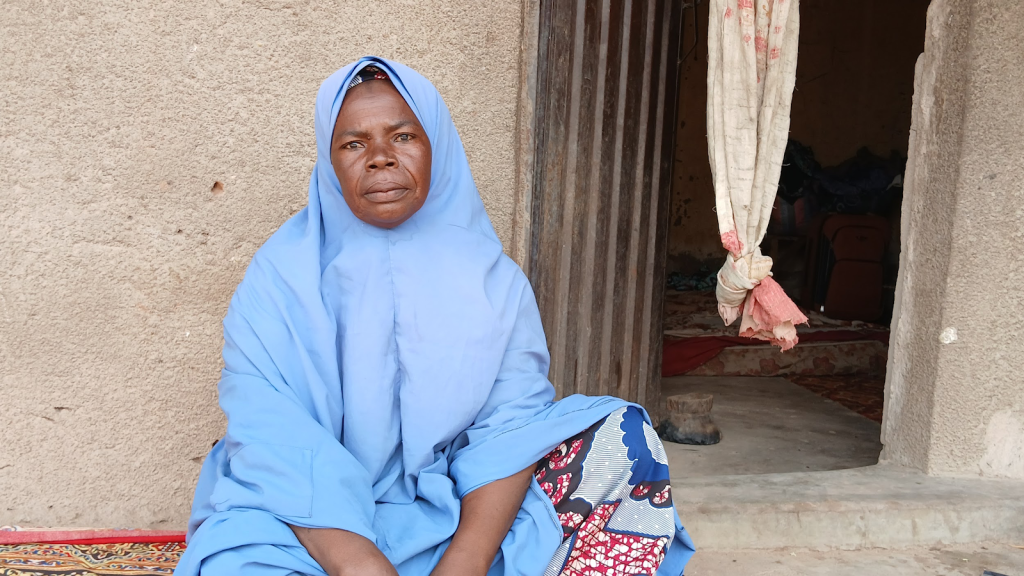
Corroborating Abdullahi, 49-year-old Adama added, “The new Girei Cottage Hospital is close to us, and we can even trek our way there. We can get there even at night without much trouble.”
Costs of medications remain high
While the construction of the cottage hospitals has resolved the problem of travelling long distances for healthcare services, patients continue to battle high medication and treatment costs, which they claim have doubled compared to the period before the hospital’s construction.
“We feel that the solution didn’t fully address the healthcare challenges faced by the common man since medication is too expensive,” Sale Bala, the community leader of Bakin Kogi, argued.
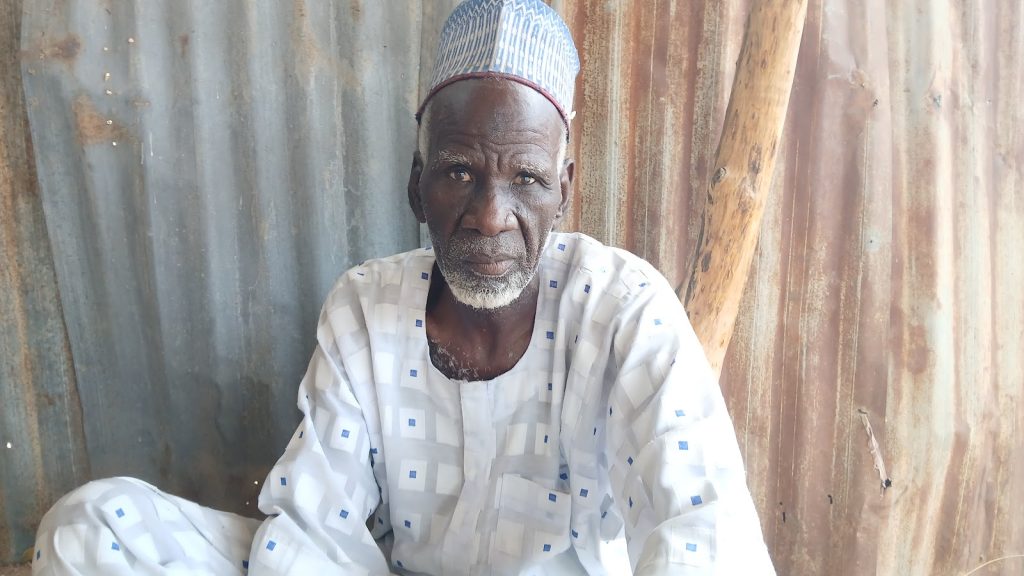
Rashida echoed this concern, stating that the high cost of medication remains a critical issue, leaving those who cannot afford treatment to suffer, even in emergencies.
Despite Nigeria’s efforts to expand healthcare access through the National Health Insurance Scheme, over 90 per cent of Nigerians remain uninsured, relying on out-of-pocket expenses for medical care.
“If you have money, you will get good treatment,” she said. “When you don’t have money, you won’t get any treatment. No healthcare worker will attend to those who can’t afford to pay for treatment or buy medications. So, we need the government to reduce medication costs for us, especially for pregnant women.”
Of manpower shortage and quality of care
Residents who use the Gombi Cottage Hospital said they usually wait longer than expected before being attended to. They believe the hospital’s overcrowding is now making the work of the limited healthcare staff even more difficult.
“There’s a critical shortage of manpower,” said Rejoice Husseini, a healthcare worker, who runs a chemist shop in Hujji community of Gombi. “Sometimes, you meet only two healthcare workers struggling to attend to many patients in the hospital.”
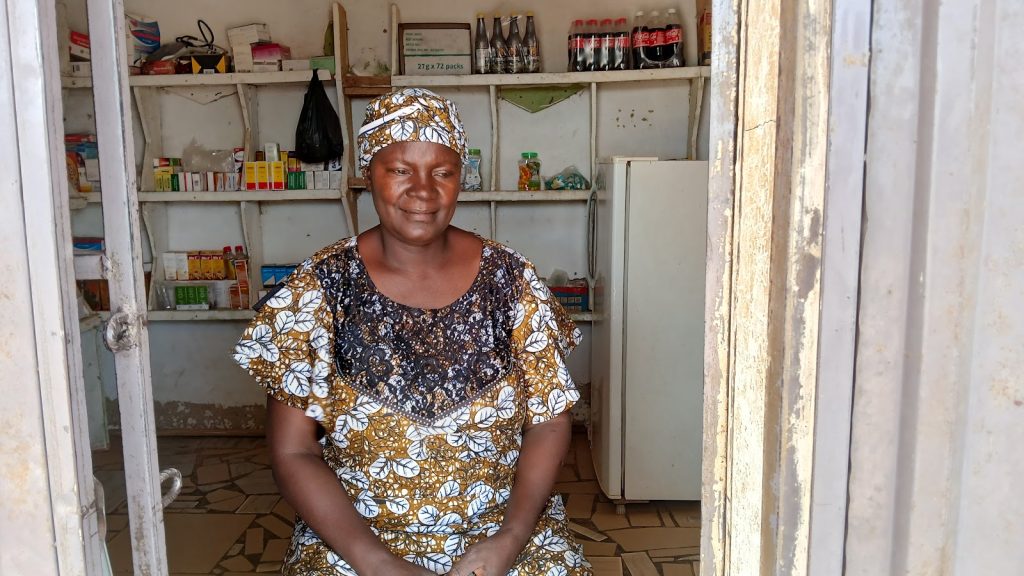
Rashida is also concerned about the quality of care. She urged that when the government recruits additional healthcare workers to fill the gaps at Shelleng, it must ensure those deployed possess empathy for patients.
“Our experience with some of the healthcare workers is not good,” she said. “Some of them will even hit women during childbirth, complaining that the patients are stressing them out.”
Lights go out; taps run dry
Rejoice has consistently observed that stable electricity is lacking when she refers patients from her pharmacy to Gombi Cottage Hospital or visits there herself. She attributes this to the frequent power outages in Gombi, concluding that the hospital’s dependence on one source of power is unsustainable.
“There’s a need for other sustainable alternatives of power so that the healthcare workers can do their work effectively,” Rejoice expressed.
When we visited the hospital, there was no power supply; the workers depend on a power generator. The hospital also faces water scarcity. However, the situation is even more dire at Shelleng Cottage Hospital, where several admitted patients expressed frustration about the insufficient water supply.
“It’s bad for a secondary hospital like this,” a patient, Sai’du Abdullahi, said.
Many locals who spoke to this reporter still maintain their heightened expectations, hoping the Adamawa State government will address the gaps within the new cottage hospitals.
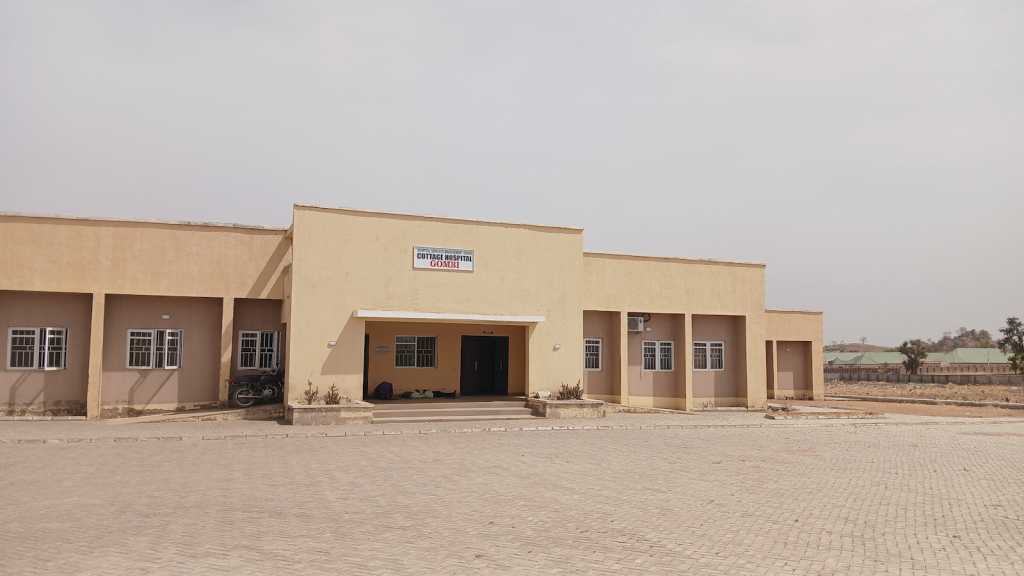
Meanwhile, efforts to speak with hospital officials proved abortive, as they cited a directive from the Adamawa State Hospital Services Management Board prohibiting them from granting interviews to journalists.
“It was written in a memo from the Board that we shouldn’t speak to any journalist. Just last week, some journalists from ATV [Adamawa Television] came here, but we refused to grant them interviews even though they are a state-owned media outlet.
“So, you see, it’s not even possible for you that’s from a private media organisation,” a staff at the hospital in Girei, who refused to disclose their name, said. Similarly, the management of both Gombi and Shelleng cottage hospitals cited the Board’s memo as their reason for refusing to comment.
With the hospital staff unable to provide information, this reporter sought official comments from the Hospitals Services Management Board regarding our findings. Still, efforts proved abortive as this reporter didn’t get access to the Board’s executive secretary despite several visits to his office.
This report is a collaboration between Social Voices and HumAngle under the 2024 HumAngle North East Accountability Project and was first published by HumAngle.
